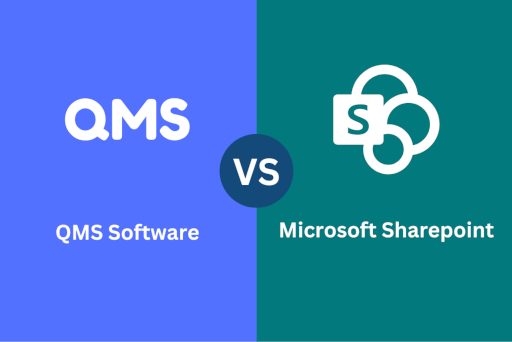Connecting the Dots: How to Integrate QMS Software with Your Organization’s Other Software

In today’s fast-paced and technologically advanced world, businesses need to streamline their operations to remain competitive. One way to achieve this is through the use of Quality Management System (QMS) software. QMS software helps businesses automate their quality management processes, resulting in improved efficiency and increased productivity. However, to fully maximize the benefits of QMS software, it needs to be integrated with other software at your organization. In this blog post, we’ll explore the different ways of integrating QMS software with other software and how Trackmedium QMS can help streamline this process.
API Integration
API Integration is a common method used to integrate QMS software with other software at your organization. For instance, suppose you use QMS software to manage quality control in your manufacturing process, and you also use a CRM system to manage customer relationships. With API integration, you can automatically transfer data between these systems, such as product defects or customer complaints. This means that whenever a customer raises a complaint, the information is automatically sent to the QMS software, which triggers a corrective action process, thereby improving product quality and customer satisfaction.
Middleware Integration
Middleware is software that acts as a bridge between different systems, allowing them to communicate and exchange data. Middleware integration involves using middleware software to integrate QMS software with other software at your organization. This can help simplify the integration process, as the middleware software can handle the complexities of integrating the different systems.
Custom Integration
Custom integration involves building a custom solution that integrates QMS software with other software at your organization. This approach is often used when the integration requirements are unique and cannot be met using APIs or middleware. Custom integration can be more time-consuming and expensive than other integration methods but can offer a more tailored solution that meets your specific requirements.
Trackmedium, a leading provider of QMS software, offers a range of integration options to help businesses integrate their QMS software with other software. Trackmedium’s API integration allows businesses to connect their QMS software with other software seamlessly. Middleware integration is also available through Trackmedium’s middleware software, which can handle the complexities of integrating different systems. Additionally, Trackmedium QMS offers custom integration services, providing a tailored solution that meets your unique integration requirements.
Conclusion
In conclusion, integrating QMS software with other software at your organization is essential for streamlining operations and maximizing the benefits of QMS software. API integration, middleware integration, and custom integration are three different ways of achieving this. With the range of integration options provided by Trackmedium QMS, businesses can seamlessly integrate their QMS software with other software, improving efficiency, reducing errors, and increasing productivity.




